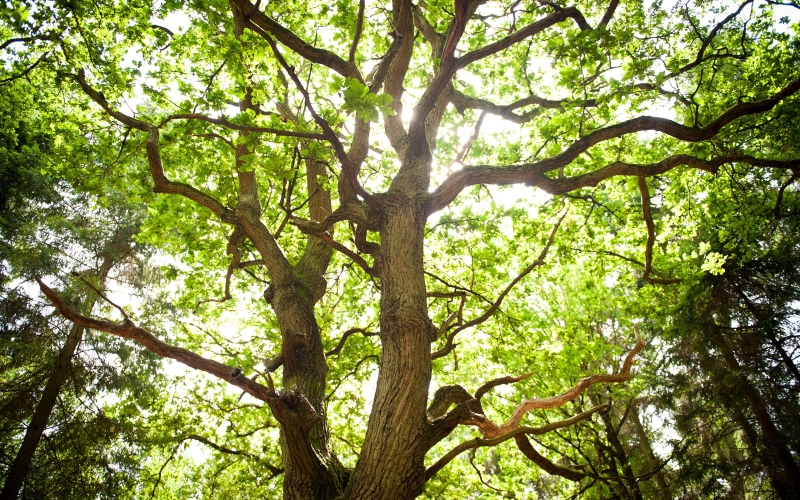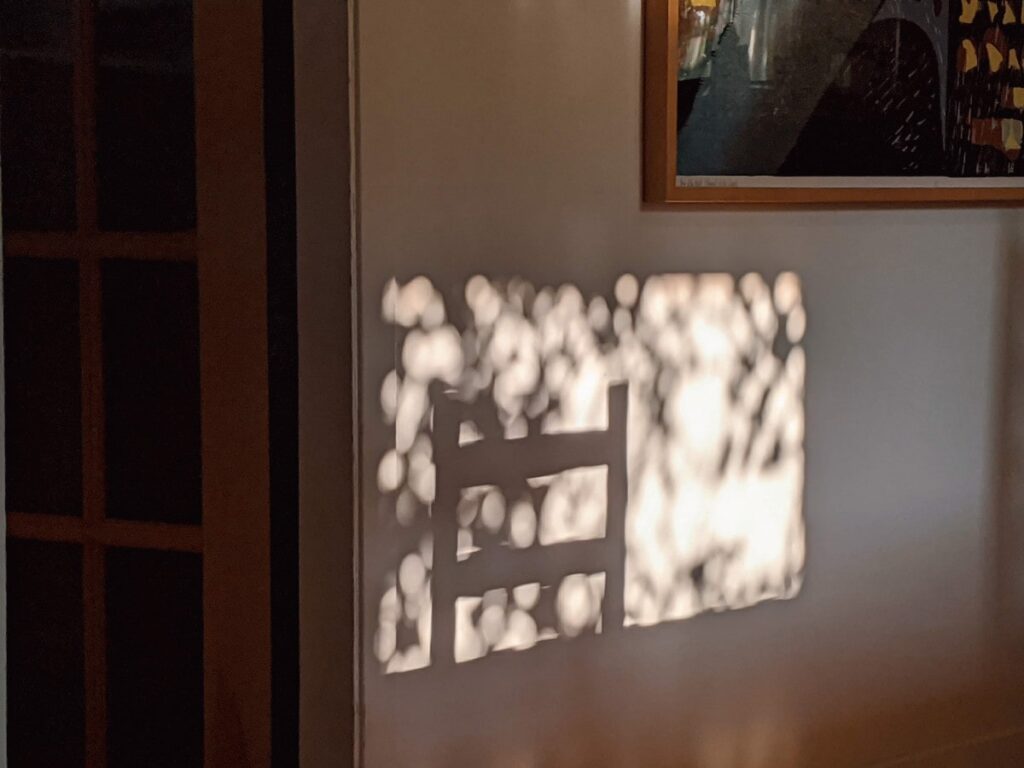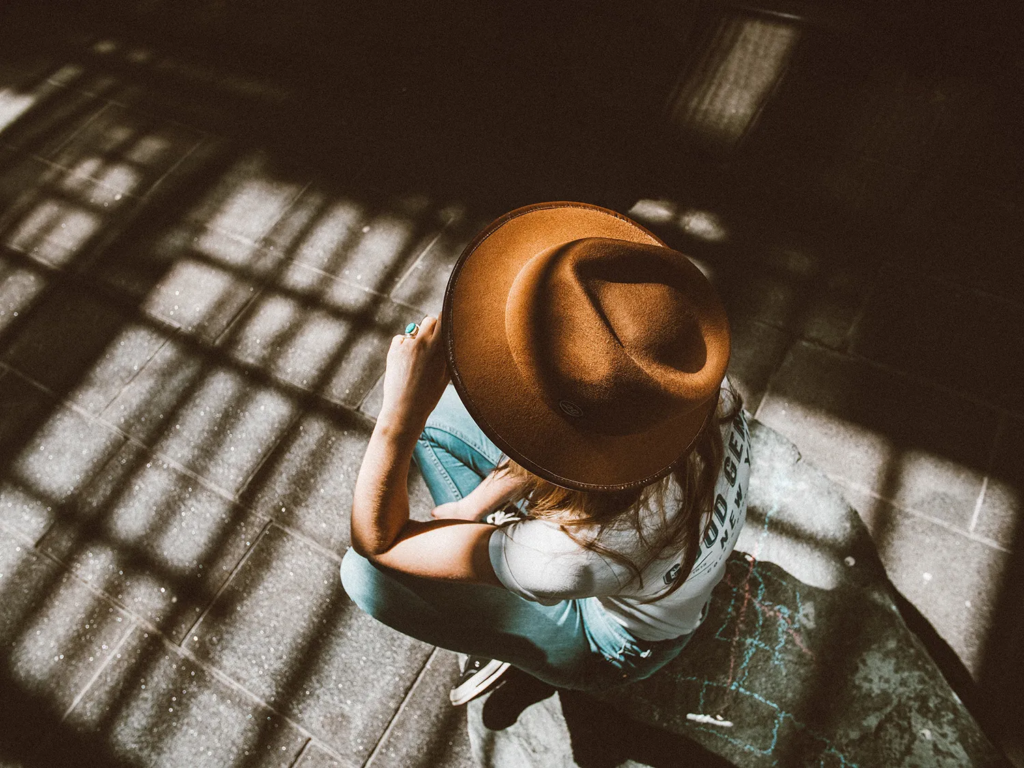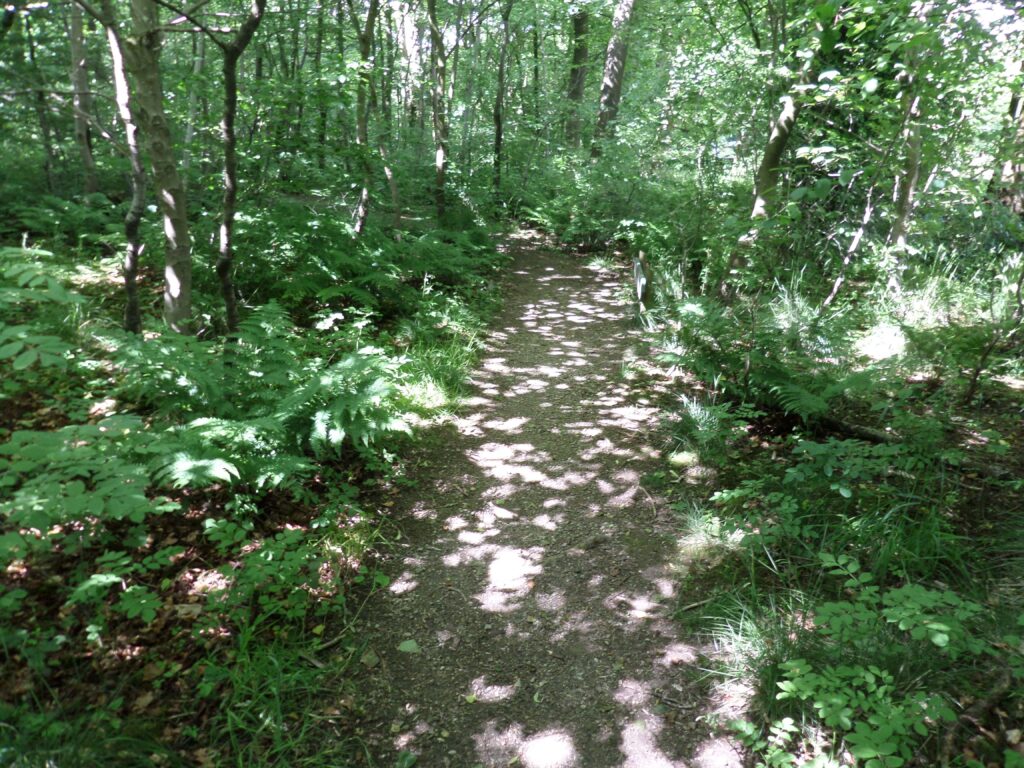Dappled Light in Painting: Unveiling the Artistic Magic

Welcome to the enchanting realm of dappled light in the global of portray, wherein the interaction of light and shadows transforms canvases into charming works of artwork. In this exploration, we embark on an adventure to unravel the mystery of dappled Light—those intricate patches of brilliance and color that emerge whilst sunlight gracefully filters via gadgets, which includes lush tree canopies or delicate window shades.
Whether you are an experienced artist searching to decorate your capabilities or an aspiring painter eager to recognize the nuances of this charming phenomenon, this weblog post is your manual to mastering the magic of dappled mild. From defining its essence and knowledge of its anatomy to practical strategies for shooting its brilliance on canvas, we invite you to enroll in us on this artistic odyssey. Let the allure of dappled light illuminate your creativity and breathe lifestyles into your paintings, as we explore the secrets and techniques that make it a timeless muse for artists across the ages.
Unraveling the Mystery of Dappled Light:
Defining Dappled Light:
At the coronary heart of fascinating landscapes and stirring scenes lies the spell-binding phenomenon referred to as dappled mild. Defined as an elaborate interplay of small patches of light and shadows, dappled mild weaves a tapestry of visible richness when sunlight filters through diverse items. Picture the daylight streaming through the dense foliage of timber, growing an enchanting dance of brilliance and shade at the ground below. This phase will delve into the essence of dappled, exploring its traits, and knowledge of the way it contributes to the atmospheric appeal of paintings.
The Dance of Sunlight: Where Dappled Light Occurs:
- Lush Forest Canopies: Dappled mild weaves its magic as daylight filters via the dense foliage of trees, creating elaborate patterns of mild and shadow on the woodland ground.
- Window Shades and Curtains: Experience the diffused play of dappled light indoors because it lightly filters through window shades and curtains, casting a gentle glow in its wake.
- Sunlit Gardens: Picture a lawn bathed in sunlight, in which dappled complements the splendor of blooming plants and foliage, including depth and appeal to the scene.
- Architectural Elements: Dappled mild can grace city landscapes too, as it interacts with architectural functions, casting fascinating styles on homes, streets, and public areas.
- Water Reflections: Explore the enthralling dance of dappled mild on water surfaces, where daylight reflects and refracts, creating a dynamic interplay of brilliance and shadow.
Understanding the Anatomy of Dappled Light:
Hard Light vs. Soft Light:
Dappled light is famous for its dual nature, characterized by the interplay of tough and tender mild.
- Hard Light: Piercing through gaps in foliage, hard light creates distinct, nicely described patches of brightness, casting sharp shadows. This element provides a dynamic and sculptural best to the dappled phenomenon.
- Soft Light: Emerging as daylight passes through layers of leaves, soft light imparts a diffused, gentle glow. The amount of leaves impacts the diploma of diffusion, contributing to a softer transition between light and shadow.
Understanding this interaction is crucial for artists because it forms the muse for shooting the nuanced beauty of dapples.
The Palette of Dappled Light: Colors and Textures:
Dappled mild transforms the palette of a portrait, infusing it with vibrancy and intensity.
- Colors: Experience the enhancement of colors below the effect of dappled light. Some colorings accentuate, while others can be muted, growing a visible symphony that adds size to your artwork.
- Textures: The dance of mild and shadows in dappled mild brings textures to life. Explore how surfaces become dynamic because the play of sunlight interacts with numerous substances, including tactile richness to your creative creations.
Capturing Dappled Light in Your Painting:
Choosing the Right Scene:
The effectiveness of portraying dappled hinges on choosing the proper scene.
- Natural Settings: Opt for scenes wherein nature takes center stage—dense forests, sunlit meadows, or tranquil water. These settings offer a canvas for the captivating interplay of sunlight and herbal factors.
- Architectural Harmony: Explore city landscapes in which structure interacts with daylight. Choose scenes with captivating shadows solid on buildings, streets, or public spaces, developing a dynamic interaction between man-made structures and the natural dance of mild.
By cautiously selecting scenes, artists can maximize the impact of dappled mild, ensuring it harmonizes seamlessly with the chosen subject count number.
Techniques for Portraying Dappled Light:
Bringing dappled mild to existence on canvas calls for a skillful utility of strategies.
- Brushstroke Variety: Experiment with various brushstrokes to imitate the problematic patterns of dappled. Varied strokes can emulate the play of light through foliage or the tender glow via curtains.
- Color Contrast: Harness the strength of shade to intensify the contrasts inside dappled mild. Play with warm and funky tones to copy the nuanced shades created by daylight filtering via natural or man-made elements.
- Strategic Light and Shadow: Understand the anatomy of dappled mild and strategically area mild and shadow to deliver depth. Creating a balance among difficult and gentle mild assets provides realism and dimension to your artwork.
Real-lifestyles Examples and Inspirations:
Masterpieces of Dappled Light in Art History:
Journey through the annals of art history to witness the mastery of renowned artists who skillfully harnessed the magic of dappled mild.
- The Impressionist Touch: Explore the works of Impressionist painters like Claude Monet, whose iconic ‘Water Lilies’ collection captures the airy beauty of dappled mild on ponds, growing a harmonious mixture of colors and reflections.
- Rembrandt’s Intimate Scenes: Delve into the intimate scenes painted by Rembrandt, wherein the Dutch Master hired dappled to cast subtle but effective shadows, including intensity and emotion to his pics and genre artwork.
- Turner’s Romantic Landscapes: Experience the romantic landscapes of J.M.W. Turner, wherein dappled light breathes lifestyles into his seascapes and landscapes, developing atmospheric and emotionally charged scenes.
Contemporary Artists Embracing Dappled Light:
Step into the contemporary art scene and witness how current artists keep embracing and reinterpreting the attraction of dappled mild.
- Photorealistic Renderings: Discover artists who specialize in photo-realistic portrayals of dapples, and the use of advanced strategies to recreate the elaborate patterns and subtleties observed in nature.
- Abstract Interpretations: Explore how present-day artists take a greater abstract method, using dappled light as a dynamic element to awaken temper and ecosystem rather than specializing in practical illustration.
- Mixed Media Explorations: Witness the fusion of traditional and present-day strategies, as artists test with blended media to capture the ephemeral satisfaction of dappled in revolutionary and unexpected ways.
Additional Tips:
- Observe Nature Closely: Spend time in herbal settings to closely take a look at how dappled mild interacts with the environment. Notice the styles, the intensity of light, and the ensuing shadows. This firsthand reveal will enrich your information and help you recreate it authentically in your artwork.
- Experiment with Light Sources: Explore different scenarios with numerous mild resources to enhance your talents. Whether it’s sunlight filtering through leaves, synthetic light through blinds, or moonlight casting shadows, every supply gives a unique possibility to grasp the portrayal of dappled light.
- Understand Color Temperature: Dappled mild impacts the temperature of colors. Experiment with heat and funky tones to convey the temper and time of day. Warm colors may additionally dominate in sunlight, while cool tones ought to be successful in shaded regions. Understanding this stability adds realism and intensity to your artwork.
- Practice Depth Perception: Dappled plays a pivotal function in growing intensity. Practice depicting the space between light and shadow, and the usage of gradations to convey the three-dimensional best of your concern. This skill will make your paintings more immersive and visually enticing.
- Capture the Transient Moments: Dappled mild is inherently fleeting, changing with the time of day, weather, and seasons. Aim to seize the brief nature of these moments in your artwork. Experiment with one-of-a-kind scenes and lighting situations to develop your repertoire.
- Balance Realism and Interpretation: While realism is admirable, don’t hesitate to infuse your interpretation into the portrayal of dappled mildness. Allow your inventive instinct to guide you, whether you’re accentuating sure elements, intensifying hues, or experimenting with abstraction.
- Use the Right Materials: Invest in nice substances, in particular brushes and paints with a great range of transparency and opacity. This will empower you to achieve the intricate info and layering required to convey the diffused complexities of dappled mild.
- Study the Masters: Continuously examine the works of artists who excelled in taking pictures dappled mildly. Analyze their techniques, brushstrokes, and shade alternatives. This ongoing look will provide insights and thoughts on your artistic journey.
Conclusion:
In the mesmerizing realm of painting, dappled mild emerges as a timeless muse, weaving its magic through the canvases of both historic masterpieces and modern creations. As we conclude our exploration, we find that Dappled light is greater than an insignificant play of shadows and brilliance—it’s miles a conduit for emotion, atmosphere, and depth. Armed with a knowledge of its anatomy, and strategies for portrayal, and inspired by the works of inventive pioneers, you, the artist, stand poised to infuse your creations with the spell-binding essence of dappled mild. So, let your brush dance with the interplay of difficult and soft mild, test with colors and textures, and, in particular, permit the attraction of dappled mild to guide your creative journey. As you embrace its magic, can also your paintings come alive with a brilliance that transcends the canvas, charming visitors and leaving an indelible mark on the world of art.
FAQs:
Q1: What exactly is dappled light in painting?
A1: Dappled light refers back to the elaborate play of small patches of mild shadows that happens when daylight filters via objects like leaves, timber, or window sunglasses. It provides intensity and visible interest to paintings with the aid of creating a dynamic interplay of brilliance and coloration.
Q2: How does dappled contribute to the atmosphere of a portrait?
A2: Dappled mild influences the mood and environment of a painting with the aid of introducing comparison, enhancing colorations, and growing depth. It provides a herbal and organic experience to scenes, making them visually engaging and emotionally resonant.
Q3: Can dappled light be captured in one-of-a-kind artwork patterns?
A3: Absolutely. Whether you paint realistically, impressionistic, or even summary, dappled mild may be adapted to match various artistic expressions. The key lies in the knowledge of its concepts and making use of them in a way that complements your selected fashion.
Q4: What are some commonplace challenges artists face when depicting dapples?
A4: Challenges may consist of accomplishing the right balance between hard and gentle light, as it should be portraying color shifts, and capturing the transient nature of dapples. Practice and experimentation with techniques unique to these demanding situations can assist triumph over them.
Q5: Are there specific brushstroke strategies for portraying dappled mild?
A5: Yes, artists frequently use plenty of brushstroke techniques to recreate the intricate patterns of dappled light. Experiment with stippling, cross-hatching, and layering to mimic the play of mild and shadow, ensuring your brushwork reflects the nuanced information located in nature.
Q6: Can dappled mild be portrayed in both outside and indoor settings?
A6: Absolutely. While dappled mild is normally associated with outdoor scenes, it could additionally be efficiently portrayed in indoor settings. Consider daylight streaming through windows, and developing intricate styles on indoor surfaces, as a source of suggestion.
Q7: How can artists efficiently paint the intensity of dappled mild?
A7: Depth perception is critical in taking pictures of dappled light. Experiment with growing stability among light and shadow, paying attention to the gradations in among. This approach adds a three-dimensional best to your paintings, enhancing their immersive nature.
Q8: Are there advocated materials for portraying dappled?
A8: Using satisfactory materials is essential for effectively taking pictures of the subtleties of dappled mild. Invest in brushes with varied textures and paints with a very good variety of transparency and opacity. These gear will empower you to carry the complicated info required for a practical portrayal.
READ MORE: Rituals Cosmetics: A Comprehensive Guide to Mindful Living and Luxury Skincare








